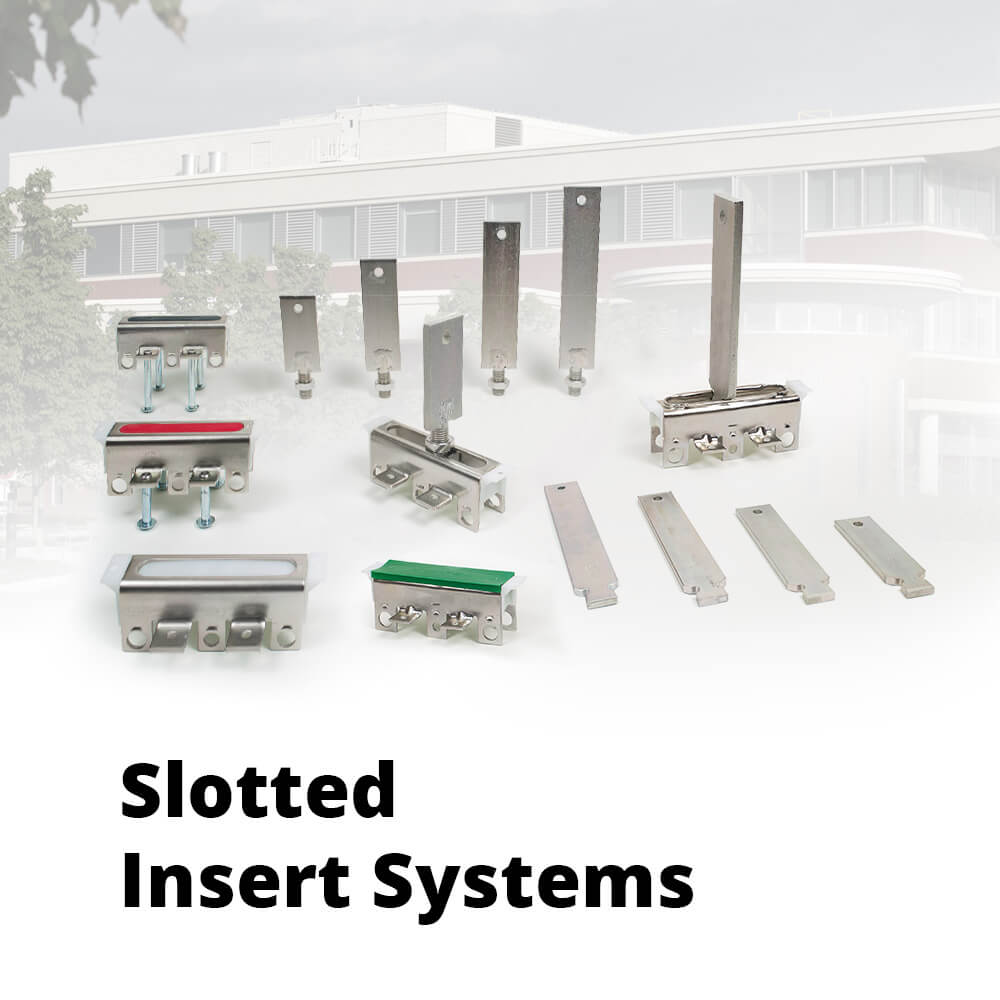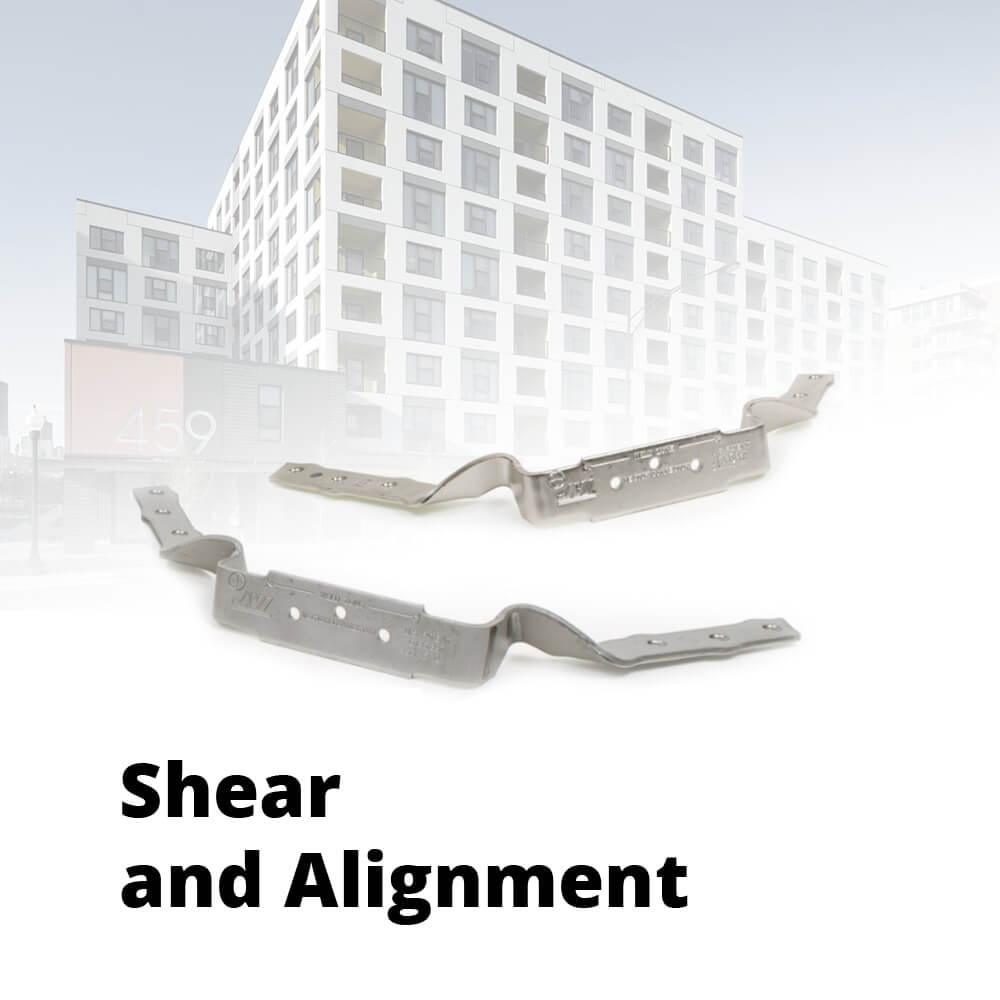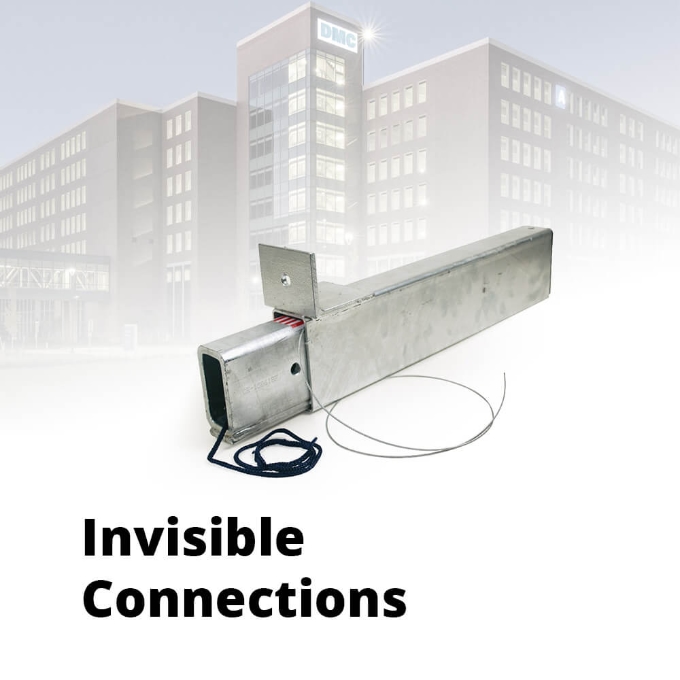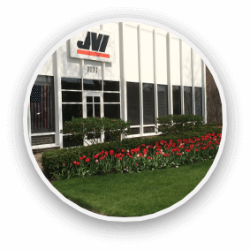
Precast Concrete Computes for Data Centers
Credit: Original article published here.
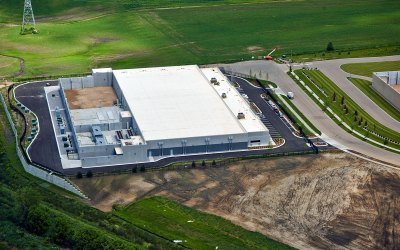
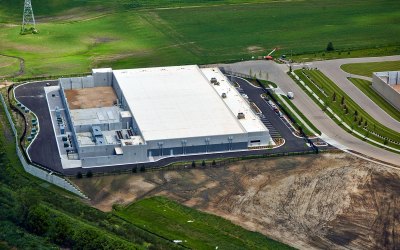
Precast concrete structural and envelope systems meet the demands of data centers by providing cost-effective open spans, passive fire resistance, and durable, high-efficiency, low maintenance building envelopes. This is very important to mission-critical facilities, which data centers often are.
The proliferation of the Internet and extensive use of desktop systems, smartphones, social media, wearable devices, and connected devices is propelling the demand in the global data center construction market. Leading business organizations are embracing innovative technologies such as big data and cloud services to stay competitive in the global market and b oost revenues. The global data center construction market is witnessing propulsion in growth due to the emergence of augmented reality (AR), virtual reality (VR), and cloud-based technologies, along with a high deployment of smartphones in developing economies.
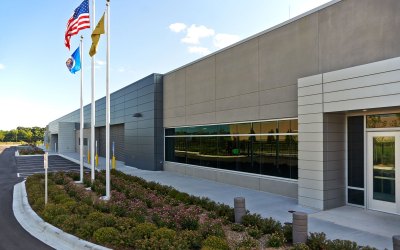
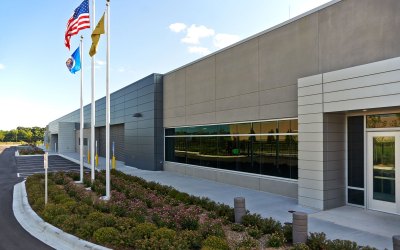
Yet another, and much more simple, reason the global market is growing is the immense amount of data consumed every day. Rising demand for energy-efficient data centers is increasing the need for low-heat-emanating building materials. Reuse of waste and evaporative cooling are some of the green strategies being adopted in order to support the emergence of energy-efficient data centers.
As the need for data centers grows, the demand for durable, resilient and insulating exterior walls will grow, too. To meet these design needs, total precast building systems have become the system of choice.
- Strength and Resilience
The renowned strength of precast concrete offers unparalleled resistance to fires, natural disasters, insects and mold. Like no other building material, its resistance to rain, wind damage, earthquakes, termites and decay provides lower maintenance and insurance costs. It can also withstand many winters of freeze-thaw cycles better than other building materials. - Quality and Speed
Factory fabricated precast panels are manufactured in a controlled environment with rigorous quality control procedures. Precast panels are made in advance and stored, then brought to the jobsite as soon as erection is feasible. This innovative process compresses project schedules, reduces safety concerns, reduces site disruption and reduces overall project costs by requiring fewer trades for construction and fewer people on-site. - Energy Efficiency
Data centers require significant HVAC capacity to offset the heat generated by the servers. The sophisticated HVAC systems draw large amounts of energy off the grid. Using precast wall panels with continuous insulation can provide R-values of R-20 or more depending on insulation thickness. Costs associated with heating and cooling can be greatly reduced through concrete’s thermal mass benefits. Reduced peak heating and cooling loads can be achieved because concrete reacts slowly to changes in outside temperature.

The goal of a data center is to keep your information safe and secure. Stringent design requirements consider conditions like hurricanes, fire and other forces of man or nature, and our data center products and solutions provide the ultimate in quality, security and safety. Precast concrete, a highly efficient, practical method of concrete construction makes beautiful data centers possible at a cost that rivals even the most utilitarian industrial building. Understanding some of the benefits of precast concrete will assist designers in evaluating the impact of precast concrete on the environment and the building operation.
Images: Stream Data Center – Chaska, MN
Jenny Frost
Director of Marketing

